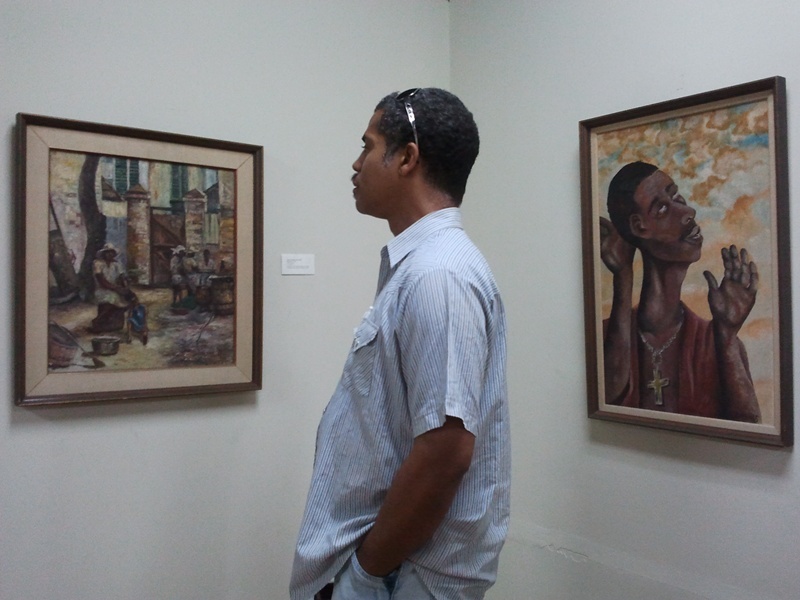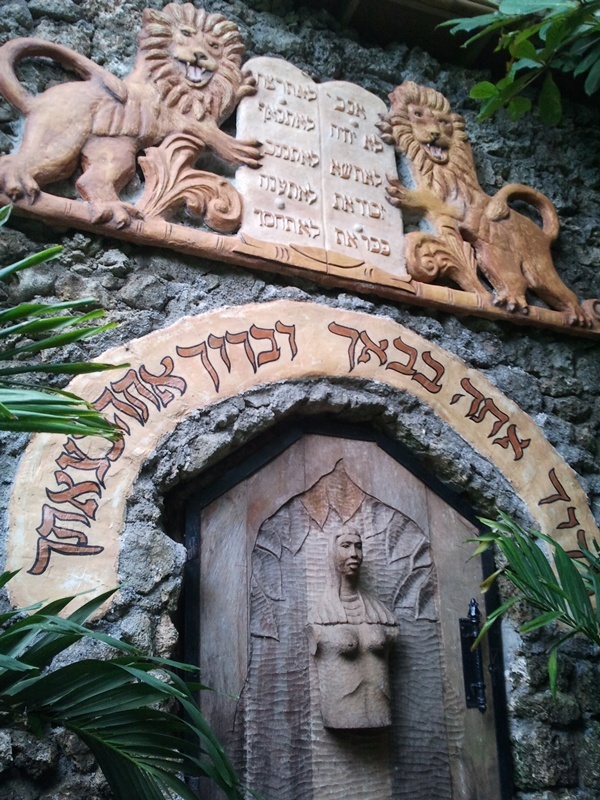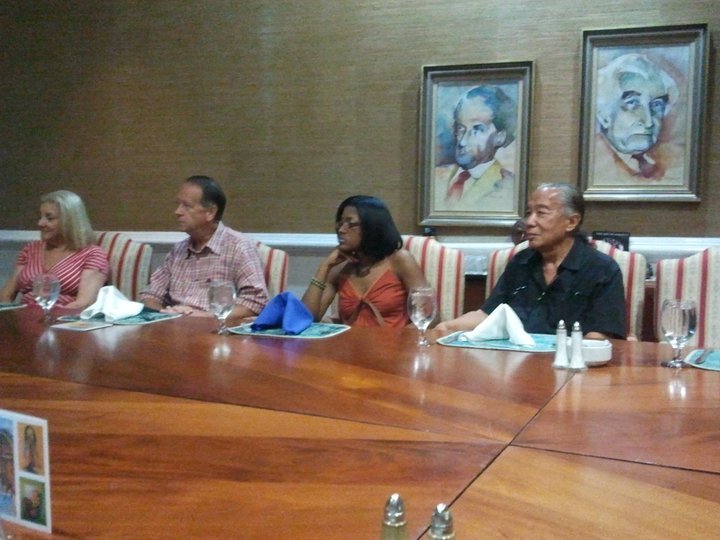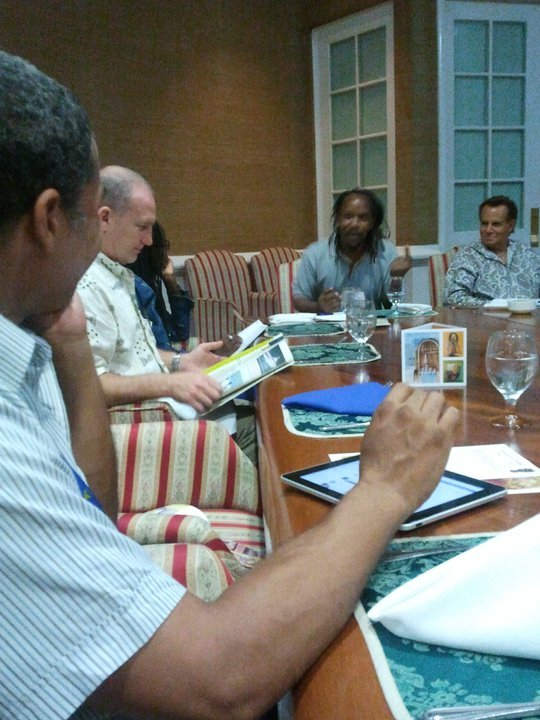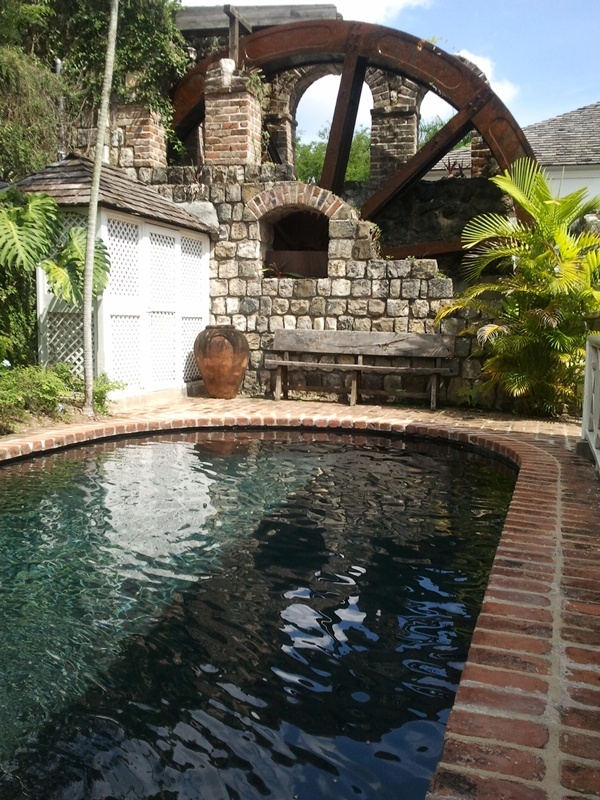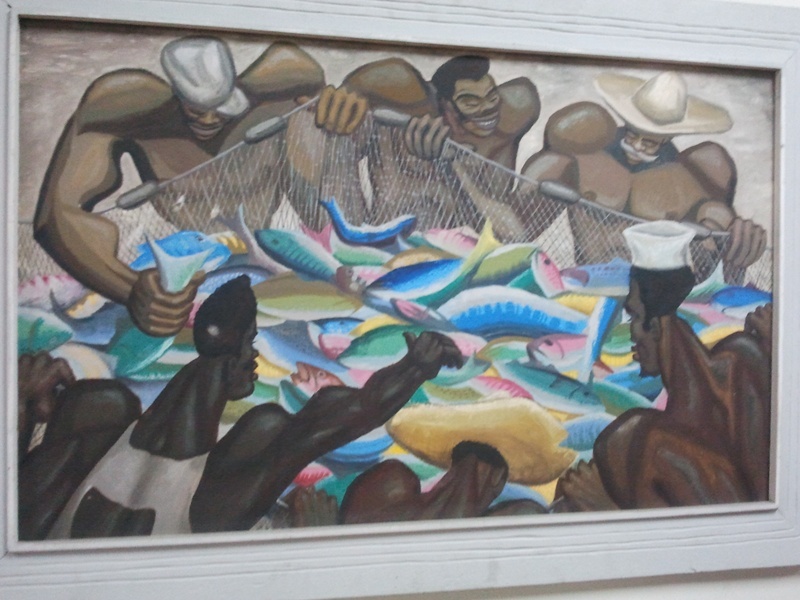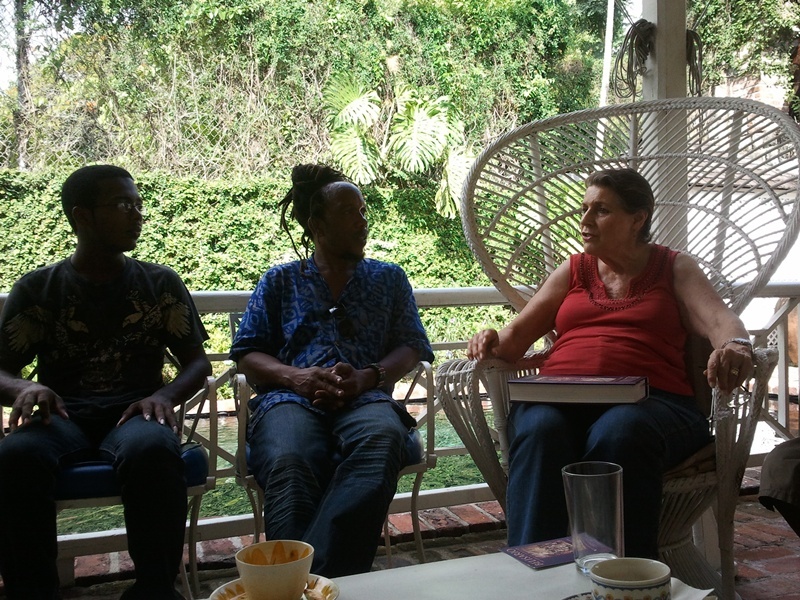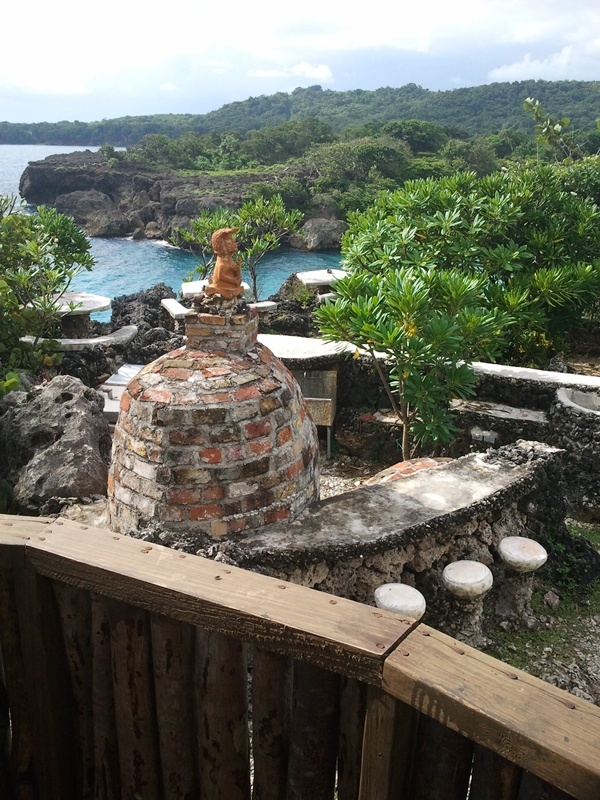
What is there to discover in Jamaican art? What pleasures can it hold for the “average” person, caught up in the bustle and whirl of trying to make a living? To pause even to glance at works of art may be seen as a strain, much less to discuss said works and their potential impact on our lives.
Yet that was exactly what drew a number of Jamaicans of all ages (but mainly younger persons, 30 and under), who gathered at various venues over the course of about a week in a venture dubbed Jamaica Arts Odyssey. The initiative was conceived by Dr. Paul Rhodes, who as a long- time aficionado of Jamaican art and indeed of virtually all things Jamaican, was desirous of presenting this creative bounty to a global audience.
“Jamaica’s art is so rich in accomplishment and content and diversity and I wanted to foster a greater appreciation of this in the wider world.” As the creator and proprietor of Great Huts, a collection of (semi) rustic, Afro-centric, arts-friendly resort dwellings on the lushly fringed, azure coast of Portland (Boston, to be exact), Dr. Paul, as he likes to be known, has a dual interest in promoting Jamaican art.
But as the event unfolded this year, it became clear that a ground work of bringing the world of Jamaican art “home” to Jamaicans first, to encourage us as a people to partake of and feel proud of the smorgasbord that is Jamaican creativity.
The celebration opened with a Dinner at the Jamaica Pegasus hotel in Kingston that was centered on the topic “what is Art?”. After opening statements from convener Dr. Paul Rhodes, a vocal discourse ensued, with a multitude of opinions on the subject.
One of the featured speakers, Kenyan-born Mazola Mwashigadi held forth with a keenly personal missive on his own journey as artist and scion of a family of preachers and “rainmakers” – spiritual custodians, if you will, who don’t actually produce rain as the name would suggest, but offer prayers for a safe rainy season without flooding or other incident so that the community will remain bountiful.
The bounty of information and discourse continued with writer Michael Williams exploring the issue of intellectual property as it relate ton arts in general and the visual arts in particular. He cited a number of cases and other developments, historical and contemporary, to illustrate the dynamism attending copyright issues in this “instant-info” era.
Jamaica Arts Odyssey, of a necessity, must include some of the places where art is publicly – and commercially – displayed (we must note here that the Pegasus also includes a gallery). And in Kingston, that included Grosvenor Galleries, Bolivar Galleries, and The National Gallery on the city’s similarly overlooked waterfront. Art in a somewhat more private space was afforded by master ceramist Gene Pearson, who hosted the Odyssey group at his studio.
As the pre-eminent visual arts educational institution in the English-speaking Caribbean, The School of the Visual Arts at the Edna Manley College was also one of the tour’s “whistle stops.” There, the School’s Summer Programme for Juniors and Adults was in full swing and the team also learned of ArtbTherapy programs in trainer set to come on stream.
A cornucopia of art and other sensory treats awaited, some two- and- a-half hours’ drive outside of Kingston, at Great Huts in Portland. This arts-laden, Afro-centric retreat (literally an elegant collection of huts of varying size and configurations) took the Arts voyagers out of their urban grind and immersed them in lush greenery, paintings, sculptures, and decorative objects of all types, the breezes and white capped waters of the Caribbean, and a mini-menagerie (including a few small reptilians that invited themselves into the rooms). The setting provided an ideal backdrop for continued discussions on the nature and appreciation of art.
On return to Kingston, the group was treated to an Illuminating luncheon and “mini-seminar” on Jamaican artist Isaac Mendes Belisario, whose “Sketches of Character” offered revealing portraits of the John Canoe culture in the island during the tense last days before Emancipation. Mrs Facey, who conceptualised and published (in 2008) a marvelous biography of the artist (written by Jackie Ranston), also graciously gave the team an opportunity to see the water wheel on her property – which she comissioned herself, having also designed the property – in action.
After a return to the National Gallery,the arts sojourn had a worthy coda at the Olympia Art Centre, legacy of artist and arts advocate A. D. Scott. Although the subject was the same as at the previous dinner, the composition of the audience was even more eclectic than at the Pegasus and thus the discussion was even more spirited (influenced, by the participants’ own admission, by the massive busts of first National Hero Marcus Garvey and his six venerated compatriots).
Having adapted and shifted gears, much like the Jamaican art it tracked, the Jamaica Arts Odyssey marks the end of it’s first iteration with much expectancy, it participants having successfully exchanged realities, if only for a moment. W the first nor the only such exercise, but it is inarguably a diverse, inclusive, inspirational and instructive arts project, one which will seven as a model for Jamaicans of all walks of life and for citizens of the world.
About The Author:
Therese Morris, Founder & Owner of Flavour du Jour a Jamaican based culinary arts company. Therese has a passion for Caribbean food fusion. She hopes to educate Jamaica and Jamaicans about our rich culinary heritage. Flavour du Jour is passionate in presenting the best of Jamaica alongside the gastronomic novelties from the rest of the world. Drop her a line at [email protected] and let her know how you enjoyed these & other eateries on our beautiful island. Find out more about us at www.flavourdujour.info and www.facebook.com/flavourdujour

